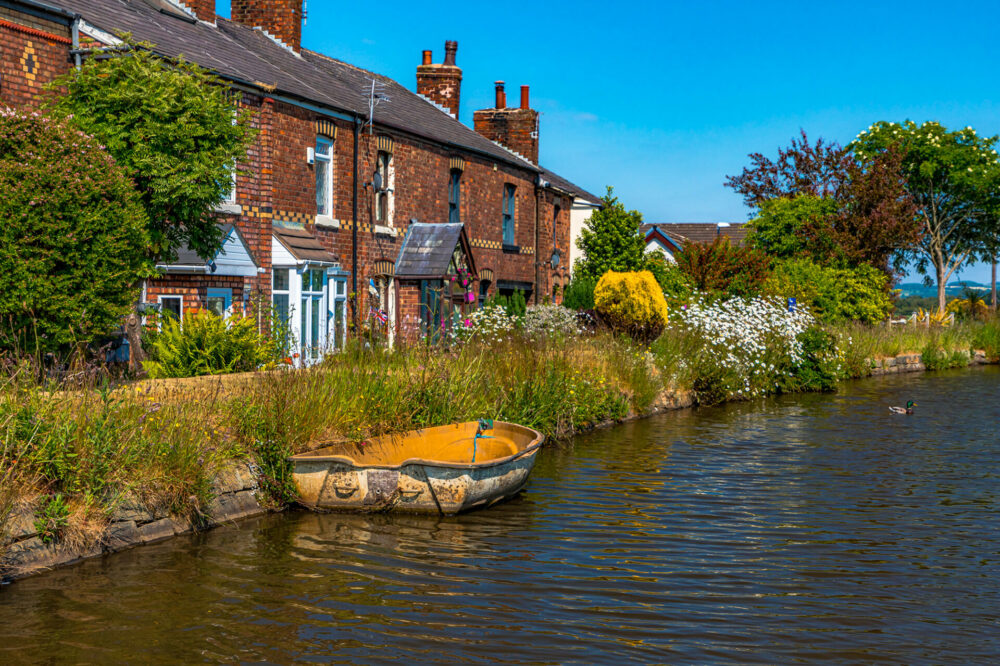If you’re about to embark on your first canal boat holiday, you’re probably wondering what happens when you arrive to collect your boat. The handover process is an essential part of your trip—it’s when you’ll learn how everything on your boat works, get safety briefings, and make sure you’re confident to set off.
Whether you’re feeling excited, nervous, or both, here’s exactly what to expect during a typical canal boat handover and how to prepare.
1. Arrival and Check-In
Most hire companies will ask you to arrive at a set time (usually in the afternoon). When you check in:
- You’ll provide your booking details and ID.
- You may need to pay a security deposit or damage waiver if you haven’t already.
- The team will confirm your route and answer any final questions.
Tip: Arrive a little early to allow time to load your belongings without rushing.
2. Safety Briefing
Before boarding, you’ll receive a safety briefing, either in person or via a short video. This will cover:
- Life jackets and when to use them
- Fire safety and emergency procedures
- Carbon monoxide awareness
- What to do in case of breakdown or accident
Don’t worry: The staff are used to complete beginners and will take you through everything clearly.
3. Boat Walkthrough
Now it’s time to step aboard your floating home! A member of staff will walk you through the boat’s interior, showing you:
- How to operate the gas cooker and heating
- Where the water tank, waste tank, and fuse box are
- How to use the toilet (an important one!)
- Basic maintenance tips (like topping up water)
Take notes or photos if you’re worried about forgetting details. It’s a lot of information all at once.
4. Driving and Mooring Demonstration
The outdoor section of the handover is perhaps the most important—this is where you’ll learn how to drive the boat. The instructor will show you:
- How to start and stop the engine
- Steering and throttle control
- Reversing and turning the boat
- How to moor and tie up securely
- Navigating tight spaces and canal etiquette
They’ll often take you through the first lock (if there’s one nearby) and guide you through it step-by-step.
Don’t be shy—ask questions, even if they seem basic. Most people are new to this!
5. Final Checks and Paperwork
Once you’ve completed the handover, there may be a few final tasks:
- Sign a handover form to confirm you understand how to operate the boat.
- Collect a canal guidebook or map if you don’t already have one.
- Get a contact number for the boatyard in case of emergency.
After that—you’re off! Slowly and carefully, of course.
Top Tips for a Smooth Handover
- Pack smart – use bags, not suitcases (they’re easier to store on board).
- Designate a captain – having one main person in charge helps during the briefing.
- Film the demo – it’s handy to rewatch once you’re cruising.
- Involve the crew – give everyone a small responsibility so they feel part of the adventure.
- Take your time – don’t rush to set off; double-check everything before you go.
Final Thoughts
The handover is your chance to get familiar with the boat, learn the basics, and feel confident before heading off into the calm, winding waterways. It’s informative but relaxed—designed to get you started safely, not stress you out.
So don’t worry if you’ve never been on a canal boat before. The handover team is there to help—and by the end of it, you’ll be ready to steer your own narrowboat holiday adventure.
Planning your first canal trip? Check out our beginner’s guide and packing list to get fully prepped!


